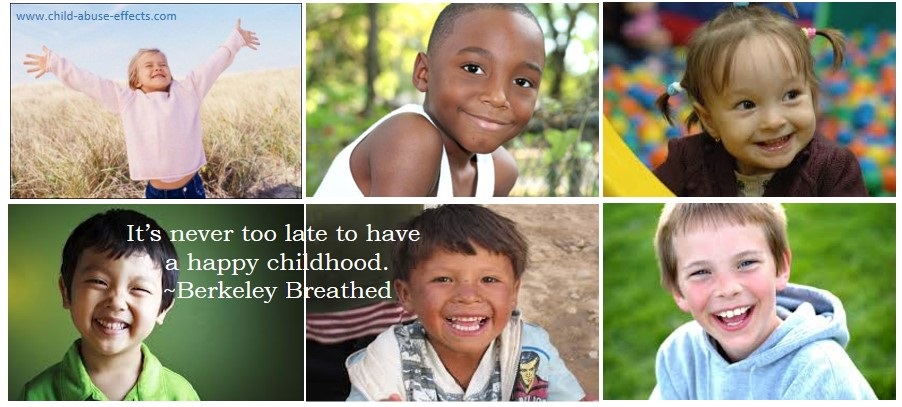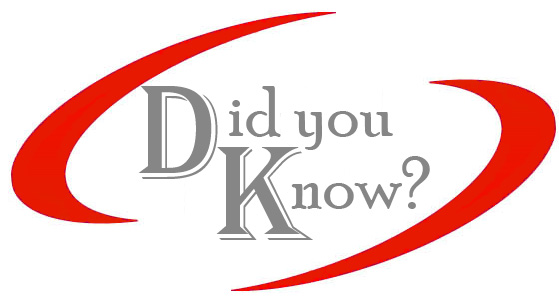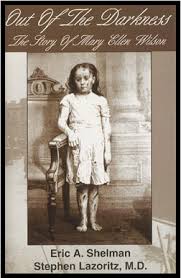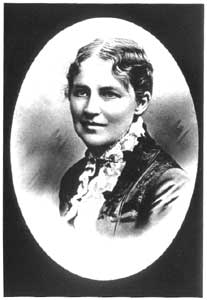History of Child Abuse

The history of child abuse has two rights at its core of violence against the smallest in society:
» the right to own property, and
» the right to own children
Child abuse has existed and flourished in all cultures and ethnic backgrounds, in all its forms.
Throughout history, children were considered property. Parents had the unrestricted authority to do to a child whatever was deemed necessary. Usually the father made all the disciplinary decisions.
In ancient Rome, fathers had the authority to sell, kill, maim, sacrifice or otherwise do with a child as he saw fit. Typically, the father exercised this power if the child was born deformed, weak, disabled, or in any way different than was considered the norm. In these cases, it was not unusual for a Roman father to declare the child unfit to live.
|
Historically, parents have used their children for profit. In England and the Americas, during industrialization, children were placed in apprenticeships, workhouses, orphanages, placement mills, factories, farms, and mines. |
|
In England, 5-year-olds worked 16-hour days in factories
while shackled in chains. They were often whipped to get them to work
harder.
History shows that Canada must also accept accountability for our part . . .
 |
From 1870 to 1930, over 8000 children were taken from the streets of Dublin and London, then shipped to Canada to work on farms and in factories (Bagnell, 1985, p. 92). The children were at the mercy of the adults who claimed them. Many of these Canadian adults felt their job was "to shape their crude material into finished form and to do so through the application of work and discipline" (Bagnell, 1985, p. 843). |
In 1886, John Kelso, a Globe reporter, wrote about the child abuse horrors that many of these children were experiencing.
 |
In 1887, the Toronto Humane Society was formed with the mandate to prevent cruelty to animals and children (Bagnell, 1985, p. 854). The Children's Aid Society was formed in 1891 with John Kelso as founding president. He was instrumental in getting the government in 1893 to pass the first bill in Canada to protect children. |
History of Child Abuse: The Mary Ellen Story
 |
It was 1873. Mary-Ellen was 9 years old when a church worker, Mrs. Etta Wheeler, who had been asked to visit the family, found Mary-Ellen shackled to her bed, grossly malnourished, scarred and badly beaten.
Animals were protected, but children were not. |
|
But Mrs. Wheeler refused to take no for an answer; she petitioned the American SPCA. She appealed to them that children were members of the animal kingdom, and must therefore be protected. It was on these grounds that the ASPCA did finally intervene. And history was made. |
 |
 |
Mary-Ellen is considered the very first child abuse case in North America. Her case led to the founding in 1874 of the Society for Prevention of Cruelty to Children with child protection as its primary mandate. The society also promoted the fact that parents did not have complete authority over their children (Finkelhor, 19865). |
However, it took the advent of radiology and x-rays for child abuse and neglect to become recognizable.
In 1960, C. Henry Kempe was shocked and alarmed by the large numbers of children admitted to his pediatric service suffering from what were obviously non-accidental injuries. X-rays revealed old breaks and abnormal skeletal changes.
 |
In 1962, Kempe and his colleagues published "The Battered Child Syndrome" in The Journal of the American Medical Association (Gelles, 1993, p. 36). This meant that child abuse in the USA had finally been acknowledged. |
Because of radiology, physical abuse and child neglect were officially recognized in the 1960s. But it took another decade for sexual abuse to be acknowledged. It wasn't until the 1980s and 1990s that emotional child abuse was recognized.
The 4 types of child maltreatment are now recognizable, but child abuse is not just in our history; it continues today in disturbing numbers.
Child abuse and the resulting injuries that children and youth suffer are still far from understood. We have a definition to the problem, but no answers.
One child advocate making strides in providing answers is the United Nations through their Convention on the Rights of the Child.
Canada has
signed the UN Convention and has enacted, and continues to enact, federal and
provincial legislation to further protect children and youth from abuse,
violence and exploitation. Of the 197 countries to sign on, the United States is the only country that has not yet ratified this convention.
Worldwide Child Abuse Statistics:
It is important to understand that perpetrators of child abuse are not restricted to the family. Children worldwide continue to be sold into slavery and the sex trade.
 |
According to Casa Alianza, 20017, each year, approximately one million more children around the world are introduced into commercial sexual exploitation. |
 |
An estimate by the International Labour Organization states that 250 million children in developing countries who are between five and fourteen years of age work--at least 120 million of these children work full-time. An estimated 15 million children in India are bonded labourers, meaning that in order to pay off family debts they work in servitude (Human Rights Watch, 20018). |
 |
Globally, approximately 40 million children are subjected to child abuse each year (WHO, 20019). |
In Canada, October is Child Abuse Prevention month. In the United States, it's observed in April. But no matter where you live, take the time to find out what your community has planned for this observance, then get involved. While eradicating the universal problem of child abuse is a monumental, if not impossible task, we must all do our part.
References
NOTE: Information pages on this site were based on material from the  Canadian Red Cross RespectED Training Program. Written permission was obtained to use their copyrighted material on this site.
Canadian Red Cross RespectED Training Program. Written permission was obtained to use their copyrighted material on this site.
Child Abuse History
1 Mead, M. (1963). Totem and taboo reconsidered with respect. Menninger Clinic Bulletin, 27, 185-199.
2 & 3 & 4 Bagnell, K. (1985). The little immigrants. Toronto: MacMillan.
5 Finkelhor, D. (1986). A sourcebook on child sexual abuse. Beverly Hills: SAGE Publications, Inc.
6 Gelles, R. (1993). Family violence. In R. Hampton, T. Gullotta, G. Adams, E. Potter & R. Weissberg (Eds.), Family violence: Prevention and treatment (pp.1-24). Newbury Park: SAGE Publications, Inc.
7 Casa Alianza (2001, December 18). Report on trafficking of children in Central America and Mexico. Retrieved December 18, 2001 from http://www.casa-alianza.org
8 Human Rights Watch (2001). Easy targets: Violence against children worldwide.
9 World Health Organization (2001). Prevention of Child Abuse and Neglect: Making the links between human rights and public health. Geneva: WHO.
From Victim to Victory
a memoir
How I got over the devastating effects of child abuse and moved on with my life
From Victim to Victory
a memoir
How I got over the devastating effects of child abuse and moved on with my life
Most Recent
-
Converging Stolen Lives
Jan 30, 18 01:13 PM
There was a time and space I didn’t think about you, or your abuse. Where when I looked back at my life, I only saw normal things, a normal childhood. -
A letter to one of the 13 Turpin children
Jan 29, 18 11:33 AM
A heartfelt letter by a former classmate that speaks to bullying and regrets. You'll find it on my Facebook group. I hope you'll join and get in on the discussion. -
Dissociated From Abuse
Jan 29, 18 11:00 AM
I was sexually abused by my father from age 6 to 13, which stopped when I started talking about it during the day. The teenage brother of my best friend
 Sexual abuse within the family has always existed, in spite of a universal taboo (Mead, 19631). From Biblical literature, to the Inca, to the Egyptians, virtually all types of incest are described. Even today, child sexual abuse continues, despite societal taboos.
Sexual abuse within the family has always existed, in spite of a universal taboo (Mead, 19631). From Biblical literature, to the Inca, to the Egyptians, virtually all types of incest are described. Even today, child sexual abuse continues, despite societal taboos.


